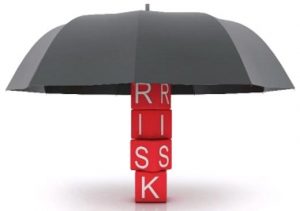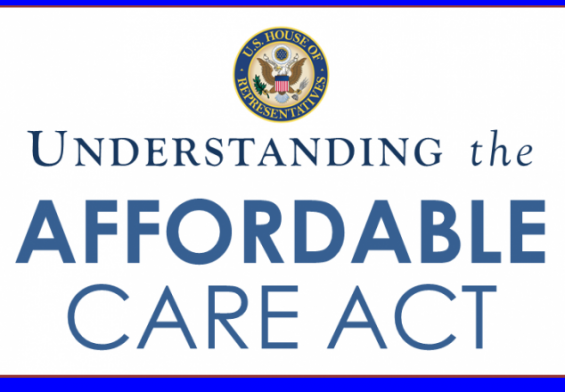While our pockets are considerably lighter from paying multiple insurance premiums, as a nation, we all just face the facts – it would be a real gamble to live your life “bare”, i.e. without insurance coverage in place. While we can’t live our life in a bubble and we hope that tragedy does not befall our health or any of our worldly possessions, practically speaking, risk exists in everything.
At any given time, any of us may become a victim of an act of nature, house fire, automobile accident or theft. Post-tragedy is really not the time to scramble about wishing that you had the inclination, or had taken the time to explore options, then paid the money to get insurance in place.
Sometime soon, do take that time to examine your priorities to determine if you have proper insurance coverage in place to protect your health, home and vehicle(s), as well as life insurance that will take care of a proper funeral for you and a generous enough amount of funds to leave your family secure in your untimely absence.
If you have doubts concerning your current insurance coverage, why not take the time to schedule a consult with a top insurance company in New Jersey to ensure you have adequate insurance coverage to meet all your needs? An insurance broker in New Jersey will be able to go over all of your insurance needs and will help you to choose the best policies for you.
What insurance can do for you
First, many people have just a general understanding of the value of having insurance in place, and, most folks comprehend that insurance is a “necessary evil” in that smart and savvy people need to take care of their possessions and look after their family. But, have you ever delved into exactly what insurance can do for you?
Transfer the risk of bad things
While having insurance in place does not remove the risk or the likelihood that tragedy may befall you, it does, however, help to lessen the financial impact of these events and do so by pooling the vast resources of a large group to compensate for the losses of a small group.
History of insurance
Insurance is certainly not a new concept and has been around as far back as 300 BC when Chinese and Babylonian traders decided to protect themselves against risk by spreading their goods among multiple vessels, rather than placing all the cargo on one vessel, thus avoiding potential loss. Insurance was a big deal in the shipping business and Great Britain jumped on the bandwagon by issuing insurance to those in the shipping trade. Here in the U.S., the first insurance company was started in Charleston, South Carolina in 1732. It is Benjamin Franklin who is recognized for making insurance a popular concept and standardizing the industry.
Law of Large Numbers
In order for an insurance company to thrive and be profitable, however, it needs to have a massive base of members. Insurance companies must produce years of statistics that show how many losses they are likely to have for each of their different loss categories. Insurance companies therefore count on the Law of Large Numbers, (a principle of probability and statistics), which, when applied to insurance, states that the more members that are in an insured group, the more likely it is that the number of actual losses will be very close to the number of expected losses.
Various premium payment amounts
The insurance premium for each member in this large insurance pool has to differ as it must be tailor made to their insurance needs. For example, the insurance premium for individuals must be based on a number of factors, among them, age (as it applies to life and health insurance), because statistics show that a younger person has fewer claims for life and health insurance than an older person, or, someone fraught with health woes. But, for vehicle insurance, the variables would be based on the principal driver’s age, gender, geographic location, make and model of the vehicle, as well as prior driving history. Put all these variables together and the premium amount is then created. Statistically, teen drivers pay a higher premium than a person who has been driving for a few decades. For the insurance companies with the largest pool of insured, the risk is thus spread out and the lower the premium.
These same principles of transferring risk and the law of large numbers is applicable to other types of insurance that cover losses such as business insurance, liability insurance, accident insurance and specialty insurance and more. Thus, as an example, if 10,000 people each pay $1,000.00 a year for home, auto, health or any other type of insurance, the insurance company would receive $10 million dollars. But, if 500 members of this pool of insured sustain losses during that year of $10,000.00 each, the pool would still be large enough to pay all of their losses ($5 million) and still have $5 million for future claims.
Thus, in order for an insurance company to be profitable and remain viable, they need three basic items:
- a large pool of insured in a diverse demographic (i.e. age, gender, health, location, occupation, history);
- reliable, current statistics on the probability of loss for each type of insurance offered; and
- sufficient premium payments to cover all anticipated losses.
So, now that you have a basic understanding of the workings of insurance, the next time you receive an insurance premium notice and the premium has gone up, you might call your insurance company to inquire why that is so, especially if you’re a safe driver who has made zero claims. You might be told that too many people made claims and everyone’s premiums had to be adjusted to compensate for the abundance of claims. It’s not fair, of course, however.




